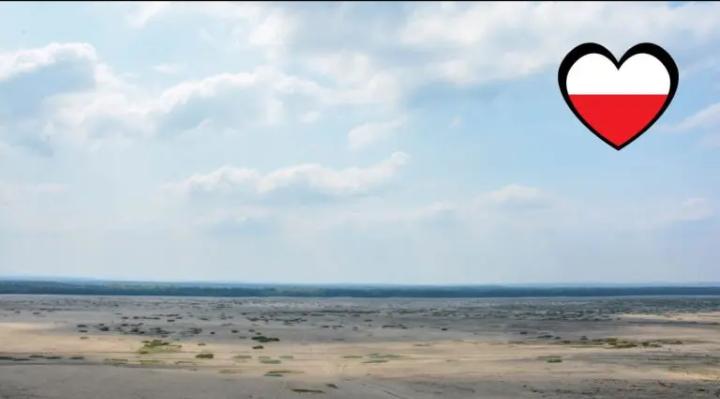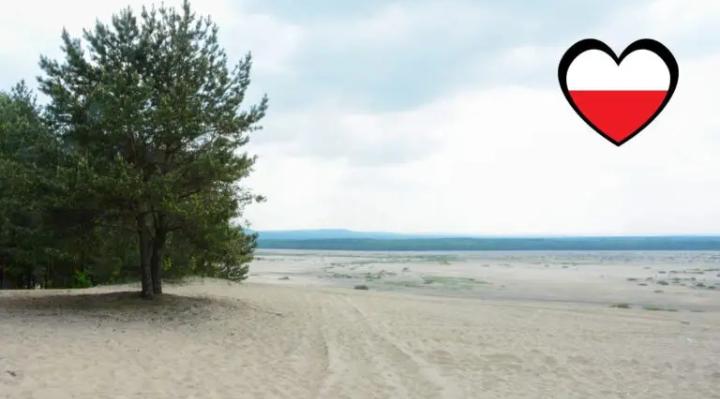
The “Polish Sahara,” also known as the Błędowska Desert, is a truly unique location on Poland’s map. Situated on the border of the Silesian and Lesser Poland voivodeships, it extends from Błędów to Klucze. The Błędowska Desert is the largest area of shifting sands in Poland and one of the largest in Europe. Tourists are captivated by its charm and often visit to explore its wonders. Below, we provide key information about this exceptional destination.
Polish Sahara: How was the Błędowska Desert created?
The desert landscape’s origin is attributed to human activities. Local forests were extensively cleared to supply wood for fueling steelworks and lining adits in the Olkusz mines, which have operated since the 13th century. This intensive forest exploitation led to the removal of thin layers of poor soil, exposing loose sands that had accumulated 2-3 million years ago.
CZYTAJ PO POLSKU: „Polska Sahara” zachwyca turystów. Odkryj jej tajemnicę
Błędowska Desert a legend
There is also a legend linked to the formation of the desert area. According to the legend, the devils living underground became increasingly agitated by the deepening mining operations. In response, they decided to fill the mines with sand from the Baltic Sea. As they flew with bags of sand on their backs, one devil, burdened by a heavy load, flew low over Klucze. Accidentally, his bag got caught on the church tower, causing the sand to spill out and create the Błędowska Desert.

Błędowska Desert – viewpoints
Wind Rose is a collection of roofed wooden gazebos interconnected by bridges, offering illustrated information boards where visitors can learn about the history of the Błędowska Desert. Other attractions include displays of demilitarized guns and a tourist telescope.
READ: The longest pier on the Baltic Sea is set to open this summer, spanning an impressive length of 720 meters
Czubatka is a hill featuring an observation deck and gazebos, along with a tourist telescope for visitors to use. From the viewpoint, you can access a trail leading to the Błędowska Desert. There’s also an observation tower on Czubatka, although it’s not open to tourists; instead, it serves as a fire detection station.
Dąbrówka Hill offers a viewing platform with a tourist telescope in Chechle. Nearby, you’ll find remnants of a military shelter from World War II and the base of a former observation tower. From this viewpoint, you can see a deforested area of the desert, but it’s off-limits to tourists as it’s a military zone. Pustyniabledowska.pl, Polska.travel, PolishObserver.com
